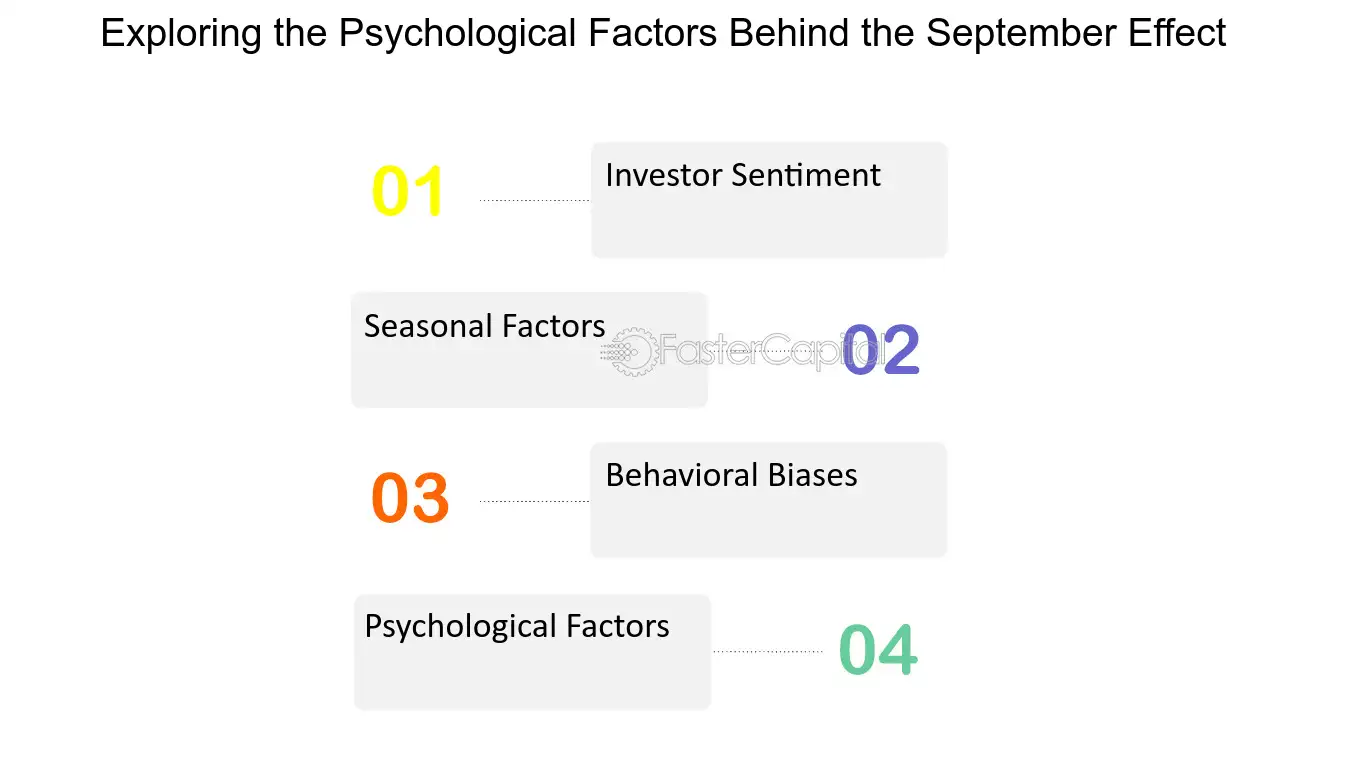Did you know that the stock market can be as moody as a cat in a bathtub? Understanding market sentiment is crucial in day trading, as it reflects the overall attitude of traders toward a particular asset. This article delves into the intricacies of market sentiment, exploring its influence on trading decisions and common indicators to watch. Learn how to gauge sentiment effectively, the impact of news and social media, and the psychological factors at play. We’ll also cover the importance of sentiment analysis tools, the risks of neglecting sentiment, and strategies for aligning your trades with prevailing market conditions. Discover how technical indicators connect with market sentiment and whether it can predict price movements. Join us as we unravel historical examples and offer insights on adapting to changing sentiments in the fast-paced world of day trading with DayTradingBusiness.
What is market sentiment in day trading?
Market sentiment in day trading refers to the overall attitude of traders toward a particular security or the market as a whole. It influences price movements and trading patterns based on collective emotions, such as fear or optimism. Traders gauge sentiment through indicators like news, social media trends, and trading volume. Understanding market sentiment helps day traders make informed decisions about buying or selling assets quickly.
How does market sentiment influence trading decisions?
Market sentiment significantly influences trading decisions by shaping trader psychology and market behavior. Positive sentiment can lead to increased buying pressure, driving prices up, while negative sentiment often results in selling pressure, pushing prices down. Traders monitor news, social media, and economic indicators to gauge sentiment, using tools like sentiment analysis to inform their strategies. For instance, a surge in optimism about a company's earnings can prompt day traders to buy, anticipating price hikes. Conversely, fear stemming from geopolitical events might lead to rapid sell-offs. Ultimately, understanding market sentiment helps traders make informed decisions and adapt to shifting market dynamics.
What are common indicators of market sentiment?
Common indicators of market sentiment include:
1. Volume: High trading volume often indicates strong sentiment, either bullish or bearish.
2. Price Trends: Rising prices suggest bullish sentiment, while falling prices indicate bearish sentiment.
3. Market News: Headlines and news coverage can sway sentiment quickly.
4. Social Media Activity: Increased discussions or mentions of stocks on platforms like Twitter or Reddit can reflect sentiment shifts.
5. Surveys: Investor sentiment surveys, like the AAII Sentiment Survey, provide insights into overall market mood.
6. Put/Call Ratios: Higher put options suggest bearish sentiment, while higher call options indicate bullish sentiment.
7. Volatility Index (VIX): A rising VIX often signals fear and bearish sentiment in the market.
These indicators can help day traders gauge market mood and make informed trading decisions.
How can traders gauge market sentiment effectively?
Traders can gauge market sentiment effectively by using several key methods:
1. News Analysis: Monitor financial news and reports to understand market reactions and potential trends.
2. Social Media Trends: Analyze platforms like Twitter or Reddit for real-time public sentiment and discussions around specific stocks or sectors.
3. Sentiment Indicators: Utilize tools like the Fear & Greed Index or the Put/Call Ratio to quantify market emotions.
4. Volume Analysis: Examine trading volume alongside price movements; increasing volume with rising prices often indicates bullish sentiment.
5. Technical Indicators: Use charts and patterns, such as moving averages and RSI, to identify bullish or bearish trends reflecting overall sentiment.
6. Surveys and Polls: Consider sentiment surveys from investors and analysts for insights into broader market attitudes.
Combining these approaches allows traders to form a comprehensive view of market sentiment, enhancing their day trading strategies.
What role do news and events play in market sentiment?
News and events significantly influence market sentiment by shaping traders' perceptions and expectations. Positive news, like strong earnings reports or favorable economic data, can boost confidence, leading to buying pressure. Conversely, negative events, such as political instability or poor economic indicators, can create fear and prompt sell-offs. This shift in sentiment often results in rapid price movements, impacting day trading patterns as traders react to the latest information. Understanding how news affects sentiment helps traders anticipate market trends and make informed decisions.
How does social media impact market sentiment in trading?
Social media impacts market sentiment in trading by rapidly disseminating information and influencing traders' perceptions. Positive news or trends can boost confidence, leading to increased buying activity, while negative sentiment can trigger sell-offs. Platforms like Twitter and Reddit can create viral trends that significantly sway stock prices, often in real-time. Traders often monitor social media for sentiment analysis, using it to gauge public opinion and anticipate market movements.
What psychological factors affect market sentiment?

Psychological factors affecting market sentiment include fear and greed, which can drive traders to buy or sell impulsively. Herd behavior leads investors to follow trends, often disregarding fundamentals. Overconfidence can result in excessive risk-taking, while loss aversion may cause traders to hold onto losing positions longer than advisable. Additionally, confirmation bias influences traders to seek information that supports their existing beliefs, skewing their market perceptions. Each of these factors plays a crucial role in shaping day trading patterns.
How can sentiment analysis tools aid day traders?
Sentiment analysis tools help day traders by providing real-time insights into market emotions and trends. By analyzing social media, news, and forums, these tools gauge public sentiment toward specific stocks or the market as a whole. Traders can identify bullish or bearish trends quickly, allowing them to make informed buy or sell decisions. For instance, if sentiment analysis shows a sudden surge in positive sentiment for a stock, a trader might buy before the price increases. Conversely, negative sentiment can signal a good time to sell or avoid certain stocks. Using these insights, traders can enhance their strategies and improve their chances of success.
What are the risks of ignoring market sentiment?

Ignoring market sentiment can lead to poor trading decisions, increased losses, and missed opportunities. Traders who disregard sentiment may enter positions against prevailing trends, resulting in significant financial setbacks. Emotional market shifts can cause sudden volatility, impacting asset prices unexpectedly. Failing to consider sentiment can also limit a trader's ability to anticipate market movements, leading to ineffective strategies. Overall, neglecting market sentiment increases the risk of trading against the collective mood of investors, which can jeopardize profits.
How do different market conditions affect sentiment?
Different market conditions significantly influence sentiment. In a bull market, optimism prevails, leading traders to buy aggressively, driving prices higher. Conversely, in a bear market, fear dominates, causing traders to sell off positions, resulting in declining prices. During periods of high volatility, uncertainty can heighten anxiety, impacting decision-making. Economic indicators, news events, and geopolitical developments also shape sentiment, as traders react to new information. Overall, market conditions directly dictate whether sentiment leans toward confidence or apprehension, affecting day trading patterns and strategies.
Learn about How Market Conditions Affect HFT Strategies
What strategies can traders use to align with market sentiment?
Traders can align with market sentiment by using the following strategies:
1. Sentiment Analysis: Monitor news, social media, and forums to gauge public mood and opinions about specific stocks or the market.
2. Technical Indicators: Use tools like the Relative Strength Index (RSI) or moving averages to identify overbought or oversold conditions that reflect market sentiment.
3. Volume Analysis: Analyze trading volume alongside price movements; increasing volume can confirm a sentiment shift.
4. Position Sizing: Adjust trade sizes based on sentiment strength, increasing exposure during strong bullish or bearish sentiment.
5. Contrarian Approach: Consider taking positions opposite to prevailing sentiment when indicators suggest an overreaction.
6. Market Sentiment Reports: Utilize reports from financial institutions or platforms that summarize trader sentiment, helping to inform decisions.
By applying these strategies, traders can better navigate market movements influenced by sentiment.
How do technical indicators relate to market sentiment?
Technical indicators reflect market sentiment by analyzing price movements and trading volume. For example, if a stock's moving average rises while the Relative Strength Index (RSI) is high, it suggests bullish sentiment. Conversely, if indicators like MACD show divergence during a price rise, it may indicate weakening sentiment. Traders use these signals to gauge whether to buy or sell, aligning their strategies with prevailing market emotions.
Can market sentiment predict price movements in day trading?
Yes, market sentiment can predict price movements in day trading. Traders often analyze sentiment indicators, like news trends and social media activity, to gauge investor emotions. Positive sentiment can lead to price increases, while negative sentiment often results in declines. Understanding these patterns helps traders make informed decisions and capitalize on short-term price fluctuations.
How does trader psychology influence market sentiment?

Trader psychology shapes market sentiment by influencing decision-making and behavior. Fear and greed drive buying and selling patterns, leading to price volatility. For example, when traders are overly optimistic, they may push prices higher, creating a bullish sentiment. Conversely, panic can lead to sell-offs, resulting in bearish trends. Understanding these emotional responses helps traders anticipate market movements and adjust their strategies accordingly.
What historical examples illustrate the impact of market sentiment?
The 1929 stock market crash exemplifies the impact of market sentiment. Over-optimism led to inflated stock prices, followed by panic and a massive sell-off. Similarly, the dot-com bubble in the late 1990s saw exuberance over technology stocks, resulting in a sharp decline when reality set in. More recently, the COVID-19 pandemic triggered drastic market reactions based on fear and uncertainty, causing rapid drops and rebounds in stock prices. Each example shows how investor emotions can drive market trends and influence day trading patterns.
How can day traders adapt to changing market sentiment?
Day traders can adapt to changing market sentiment by closely monitoring news headlines, social media trends, and economic indicators. They should use tools like sentiment analysis platforms or Twitter feeds to gauge public perception. Adjusting trading strategies based on market reactions—such as shifting from long to short positions—can also help. Staying flexible and ready to pivot quickly in response to sentiment changes is crucial. Additionally, employing stop-loss orders can protect against sudden shifts, ensuring losses are minimized.
Conclusion about The Role of Market Sentiment in Day Trading Patterns
In conclusion, understanding market sentiment is crucial for successful day trading. It influences trading decisions, shapes strategies, and can ultimately dictate the outcome of trades. By leveraging sentiment analysis tools and staying attuned to news, social media, and psychological factors, traders can enhance their decision-making process. Ignoring market sentiment poses significant risks, making it essential for day traders to adapt their strategies accordingly. For in-depth insights and guidance, DayTradingBusiness remains a valuable resource to help traders navigate the complexities of market sentiment effectively.
Learn about The Role of Market Sentiment in Day Trading
Sources:
- Intraday online investor sentiment and return patterns in the U.S. ...
- Weather and intraday patterns in stock returns and trading activity ...
- Technical patterns and news sentiment in stock markets ...
- Hot Markets, Investor Sentiment, and IPO Pricing*
- Judging a book by its cover: Analysts and attention-driven price ...
- Stock return predictability and investor sentiment: A high-frequency ...